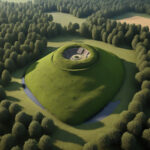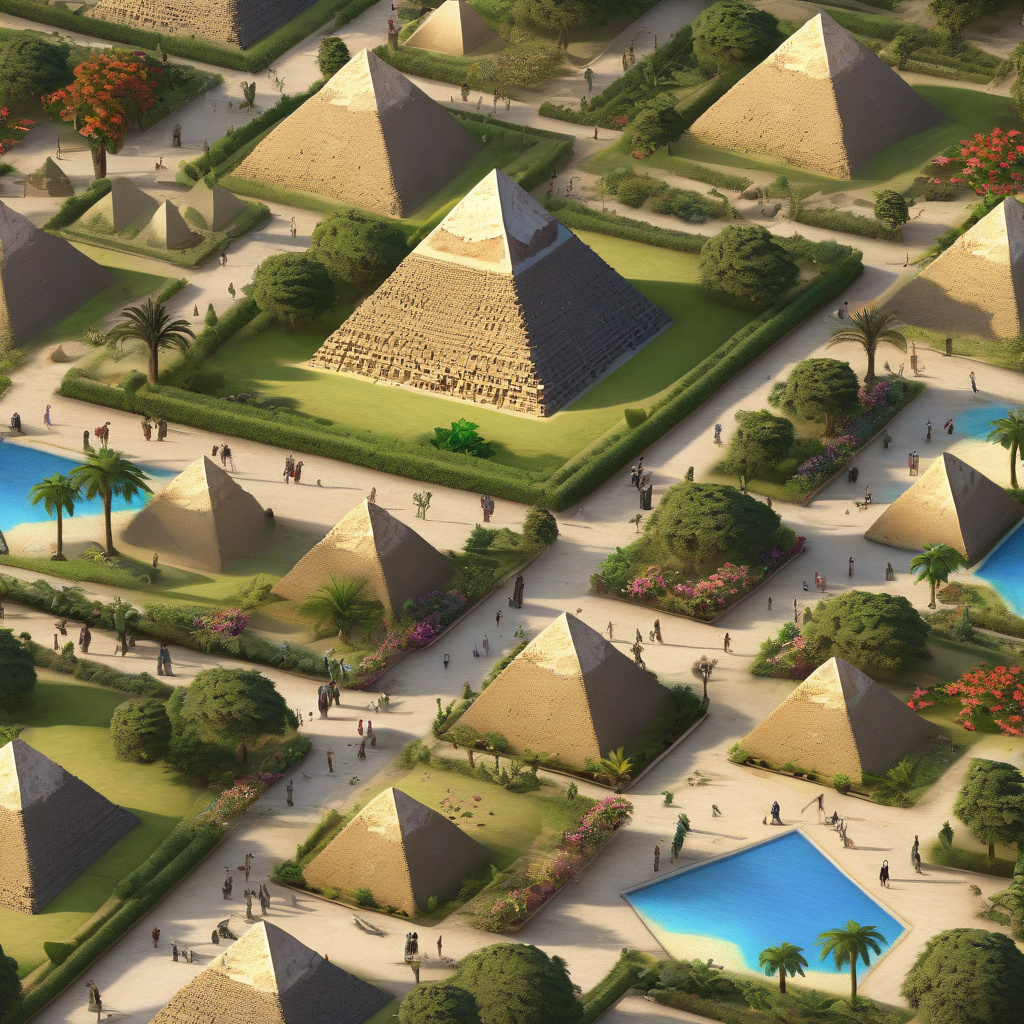Garden of Eden in Giza? New Study Calls Pyramid the Bible’s Tree of Life
A new paper by computer engineer Dr. Konstantin Borisov stakes an attention-grabbing claim: the biblical Garden of Eden was not in Mesopotamia, as traditionally believed, but rather at the Giza Plateau in Egypt, right under the shadow of the Great Pyramid. This bold assertion challenges centuries of religious and archaeological beliefs, proposing a revolutionary connection between the ancient wonders of Egypt and the stories documented in the Bible.
Dr. Borisov’s research delves into the intricate architecture of the Great Pyramid, drawing parallels between its design and the descriptions of the Tree of Life found in the Book of Genesis. The study suggests that the layout of the pyramid complex aligns with the symbolism associated with the Tree of Life, a central element in the Garden of Eden narrative.
According to Dr. Borisov, the layout of the Giza Pyramid complex mirrors the Tree of Life’s depiction, with the Nile River representing the river flowing out of Eden to water the garden. The pyramid itself, along with its intricate network of chambers and passageways, symbolizes the Tree of Life, serving as a conduit between the earthly realm and the divine.
This groundbreaking theory not only challenges conventional interpretations of biblical texts but also sheds new light on the significance of ancient structures like the Great Pyramid. If Dr. Borisov’s findings are validated, it could redefine our understanding of the purpose and symbolism behind these architectural marvels, offering a fresh perspective on the intersection of religion, mythology, and history.
The implications of this research extend beyond the realm of academia, sparking discussions among theologians, historians, and archaeologists worldwide. The prospect of the Garden of Eden being located in Giza opens up a host of questions about the cultural exchange and shared symbolism between ancient civilizations, hinting at a deeper, interconnected narrative that transcends geographical and temporal boundaries.
While the idea of the Garden of Eden existing in Giza may seem far-fetched to some, it serves as a potent reminder of the mysteries that still shroud the ancient world. The convergence of science, technology, and humanities in Dr. Borisov’s study exemplifies the interdisciplinary nature of modern research, where innovative approaches can challenge established beliefs and uncover hidden truths.
As debates surrounding Dr. Borisov’s theory unfold, one thing remains certain: the allure of ancient mysteries and the quest for understanding our shared heritage continue to captivate our imagination. Whether or not the Great Pyramid holds the key to unlocking the secrets of the Garden of Eden, the pursuit of knowledge and the exploration of our past will undoubtedly lead to new discoveries and revelations, shaping our perception of the world and our place within it.
In the ever-evolving landscape of historical research, Dr. Borisov’s bold hypothesis stands as a testament to the power of curiosity and the enduring quest for truth. As we navigate the complexities of our collective history, each new revelation brings us closer to unraveling the enigmas of the past and illuminating the path to a more profound understanding of who we are and where we come from.
Giza, Egypt, Garden of Eden, Pyramid, Tree of Life









